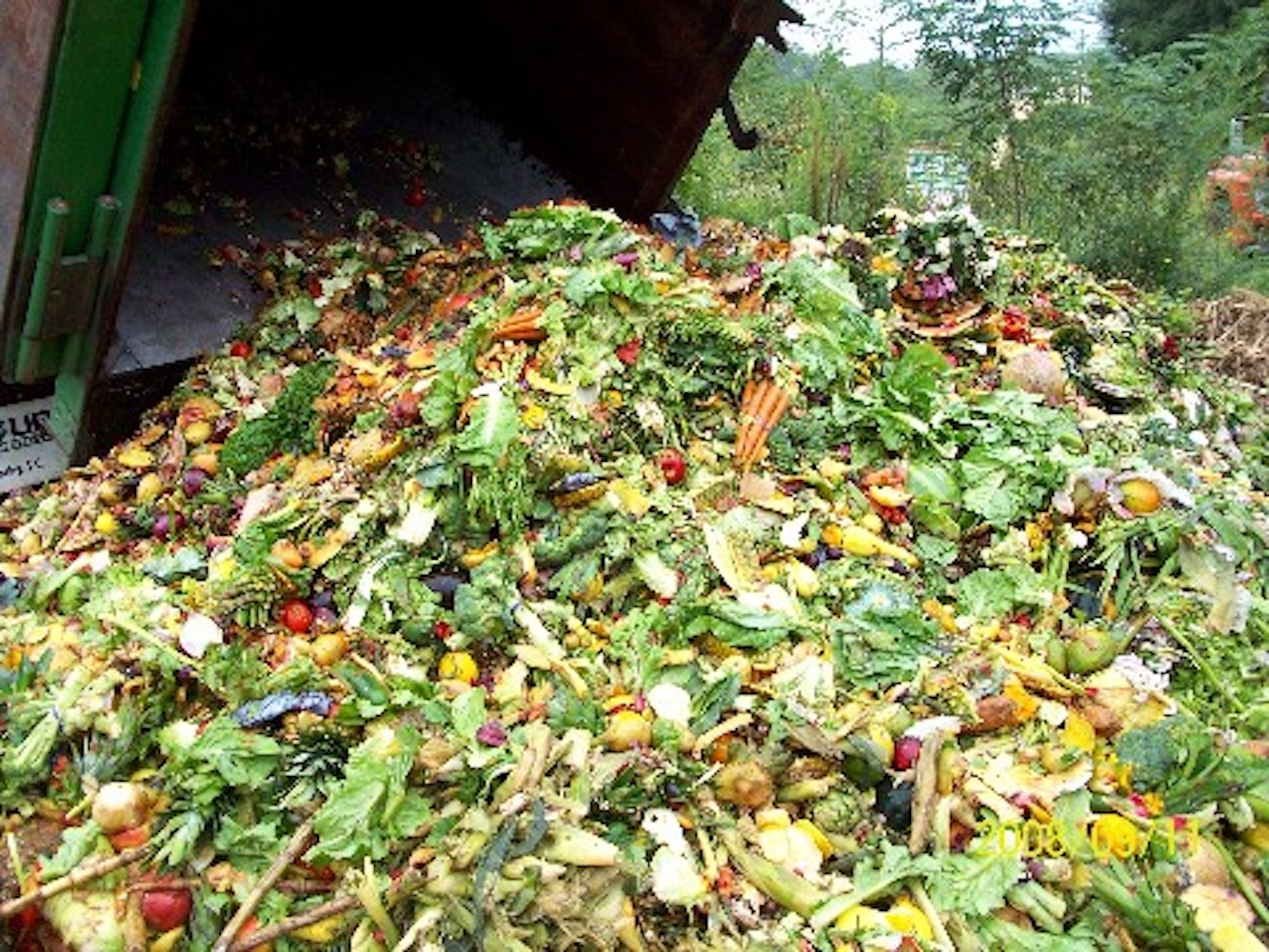
Living on the Margins of
The Debt SystemFood

According to the Environmental Protection Agency, in 2010, over thirty-three million tons of lood were wasted in the United States. At the same time, over seventeen million households are classified as food insecure and about fifty million individuals in our country use food stamps. The most obvious solution for acquiring food without money is a local lood bank or pantry. But even these resources come with restrictions, as some sort of documentation is required to prove eligibility. It is also very unlikely that you can find a truly healthy and well-balanced meal at an emergency food pantry. These types of resources can also be hard to find in rural areas.While supermarkets are easy to find in most areas, the affordable ones olien have poor-quality produce and limited fresh food. Meanwhile, the supermarkets with good produce --- piled high in attractive displays --- are often expensive, and patronizing them has become a kind of status symbol (think Whole Fbods Market). But what happens when these dispiays of perfectly symmetrical fruit become a tad discolored? What happens to the yogurt after its fateful sell-by date? It goes in the dumpster --- and there is where you're likely to find edible items that have been discarded largely for aesthetic reasons. Almost all supermarkets over-purchase --- it is better to have too much of a product on hand than not enough. But once space on the shelves runs out, these products mostly move to the garbage. This is incredibly wasteful, yet there is a negative stereotype around people who take food someone eise has thrown away. However, as many dumpster divers know, a supermarket dumpster can be a rich source of free, high-quality food. This doesn't mean that all food found in a dumpster is edible. Use your best judgment about anything you find.
To offer one example, Bolthouse Farms --- which makes nutritious, delicious, and expensive drinks --- is distributed by a company in Brooklyn. Outside the company's office there is a dumpster where you can find perfectly good bottles of juice. It is incredibly exciting to walk away with an armful of beverages for which everyone else pays a pretty penny. And it isn't only food and drink. One person we spoke to once dumpstered an Aerobed from a home goods store. Dumpsters at non-food stores are usually cleaner and less surveilled. While diving itself is not illegal, dumpsters are often on private property, so trespassing can earn you a felony. Trespassing laws when it comes to dumpster diving are not aiways strictly enforced, but it's best not to take unnecessary risks. You should never risk taking arything from a dumpster marked medical or hazardous waste.
Recovering wasted food works best when it is undertaken as a group activity. Across the country community groups and charitable organizations are bridging the gap between wasted food and hungry people. A practice known as gleairing has taken off. Large farms and orchards that cannot harvest all of their produce often allow gleaners to collect the extras and bring them to those in need.
The food justice movement Food Not Bombs has a strong chapter in Long Island along with others around the country. Jon Stepanian runs particularly inspiring food shares every single day in different Long Island communities. One Sunday in Hempstead, a group of volunteers recovered and gave away 10,899 pounds of food from fifteen sources. Most of these sources are supermarkets (usually Trader Joe's and Whole Fbods), where volunteers pick up boxes of healthy groceries that would have othenvise been tossed. At the food share, people from the community can drop by and take as much as they need. Nobody is turned away. After witnessing thousands of dollars worth of groceries given away at a food share, you will seriously question why people spend so much of their cash on food. You can find a Food Not Bombs collective in just about any large urban area, and many smaller ones too, and you can certainly also start your own.
For more inlormation regarding ways to salvage this "waste" for yourself and distribute it to others, read Jonathan Bloom's American Wasteland: How America Throws Away Nearly Half of Its Food (and What We Can Do About It). Also, look for chapters of Food Not Bombs and Food Recovery Network in your own community The latter organization takes leftovers from school dining halls and distributes them to people in need.
--- From The Debt Resister's Manual
(PM Press)